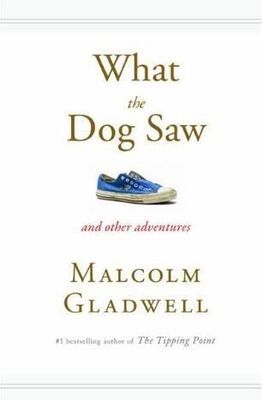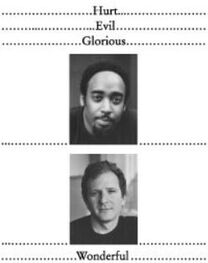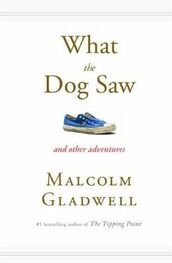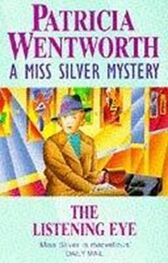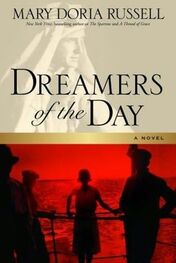The explanation may have to do with a shift in police tactics. The NYPD has a computerized map showing, in real time, precisely where serious crimes are being reported, and at any moment the map typically shows a few dozen constantly shifting high-crime hot spots, some as small as two or three blocks square. What the NYPD has done, under Commissioner Kelly, is to use the map to establish impact zones, and to direct newly graduated officers – who used to be distributed proportionally to precincts across the city – to these zones, in some cases doubling the number of officers in the immediate neighborhood. “We took two-thirds of our graduating class and linked them with experienced officers, and focused on those areas,” Kelly said. “Well, what has happened is that over time we have averaged about a thirty-five-percent crime reduction in impact zones.”
For years, experts have maintained that the incidence of violent crime is inelastic relative to police presence – that people commit serious crimes because of poverty and psychopathology and cultural dysfunction, along with spontaneous motives and opportunities. The presence of a few extra officers down the block, it was thought, wouldn’t make much difference. But the NYPD experience suggests otherwise. More police means that some crimes are prevented, others are more easily solved, and still others are displaced – pushed out of the troubled neighborhood – which Kelly says is a good thing, because it disrupts the patterns and practices and social networks that serve as the basis for lawbreaking. In other words, the relation between New York City (a category) and criminality (a trait) is unstable, and this kind of instability is another way in which our generalizations can be derailed.
Why, for instance, is it a useful rule of thumb that Kenyans are good distance runners? It’s not just that it’s statistically supportable today. It’s that it has been true for almost half a century, and that in Kenya the tradition of distance running is sufficiently rooted that something cataclysmic would have to happen to dislodge it. By contrast, the generalization that New York City is a crime-ridden place was once true and now, manifestly, isn’t. People who moved to sunny retirement communities like Port St. Lucie because they thought they were much safer there than in New York are suddenly in the position of having made the wrong bet.
The instability issue is a problem for profiling in law enforcement as well. The law professor David Cole once tallied up some of the traits that Drug Enforcement Administration agents have used over the years in making generalizations about suspected smugglers. Here is a sample:
Arrived late at night; arrived early in the morning; arrived in afternoon; one of the first to deplane; one of the last to deplane; deplaned in the middle; purchased ticket at the airport; made reservation on short notice; bought coach ticket; bought first-class ticket; used one way ticket; used round-trip ticket; paid for ticket with cash; paid for ticket with small denomination currency; paid for ticket with large denomination currency; made local telephone calls after deplaning; made long-distance telephone call after deplaning; pretended to make telephone call; traveled from New York to Los Angeles; traveled to Houston; carried no luggage; carried brand-new luggage; carried a small bag; carried a medium-sized bag; carried two bulky garment bags; carried two heavy suitcases; carried four pieces of luggage; overly protective of luggage; disassociated self from luggage; traveled alone; traveled with a companion; acted too nervous; acted too calm; made eye contact with officer; avoided making eye contact with officer; wore expensive clothing and jewelry; dressed casually; went to restroom after deplaning; walked rapidly through airport; walked slowly through airport; walked aimlessly through airport; left airport by taxi; left airport by limousine; left airport by private car; left airport by hotel courtesy van.
Some of these reasons for suspicion are plainly absurd, suggesting that there’s no particular rationale to the generalizations used by DEA agents in stopping suspected drug smugglers. A way of making sense of the list, though, is to think of it as a catalog of unstable traits. Smugglers may once have tended to buy one-way tickets in cash and carry two bulky suitcases. But they don’t have to. They can easily switch to round-trip tickets bought with a credit card, or a single carry-on bag, without losing their capacity to smuggle. There’s a second kind of instability here as well. Maybe the reason some of them switched from one-way tickets and two bulky suitcases was that law enforcement got wise to those habits, so the smugglers did the equivalent of what the jihadis seemed to have done in London when they switched to East Africans because the scrutiny of young Arab and Pakistani men grew too intense. It doesn’t work to generalize about a relationship between a category and a trait when that relationship isn’t stable – or when the act of generalizing may itself change the basis of the generalization.
Before Kelly became the New York City police commissioner, he served as the head of the US Customs Service, and while he was there, he overhauled the criteria that border-control officers use to identify and search suspected smugglers. There had been a list of forty-three suspicious traits. He replaced it with a list of six broad criteria. Is there something suspicious about their physical appearance? Are they nervous? Is there specific intelligence targeting this person? Does the drug-sniffing dog raise an alarm? Is there something amiss in their paperwork or explanations? Has contraband been found that implicates this person?
You’ll find nothing here about race or gender or ethnicity, and nothing here about expensive jewelry or deplaning at the middle or the end, or walking briskly or walking aimlessly. Kelly removed all the unstable generalizations, forcing customs officers to make generalizations about things that don’t change from one day or one month to the next. Some percentage of smugglers will always be nervous, will always get their story wrong, and will always be caught by the dogs. That’s why those kinds of inferences are more reliable than the ones based on whether smugglers are white or black, or carry one bag or two. After Kelly’s reforms, the number of searches conducted by the Customs Service dropped by about 75 percent, but the number of successful seizures improved by 25 percent. The officers went from making fairly lousy decisions about smugglers to making pretty good ones. “We made them more efficient and more effective at what they were doing,” Kelly said.
Does the notion of a pit bull menace rest on a stable or an unstable generalization? The best data we have on breed dangerousness are fatal dog bites, which serve as a useful indicator of just how much havoc certain kinds of dogs are causing. Between the late 1970s and the late 1990s, more than twenty-five breeds were involved in fatal attacks in the United States. Pit bull breeds led the pack, but the variability from year to year is considerable. For instance, in the period from 1981 to 1982, fatalities were caused by five pit bulls, three mixed breeds, two St. Bernards, two German shepherd mixes, a pure-bred German shepherd, a husky-type, a Doberman, a Chow Chow, a Great Dane, a wolf-dog hybrid, a husky mix, and a pit bull mix – but no Rottweilers. In 1995 and 1996, the list included ten Rottweilers, four pit bulls, two German shepherds, two huskies, two Chow Chows, two wolf-dog hybrids, two shepherd mixes, a Rottweiler mix, a mixed breed, a Chow Chow mix, and a Great Dane. The kinds of dogs that kill people change over time, because the popularity of certain breeds changes over time. The one thing that doesn’t change is the total number of the people killed by dogs. When we have more problems with pit bulls, it’s not necessarily a sign that pit bulls are more dangerous than other dogs. It could just be a sign that pit bulls have become more numerous.
Читать дальше